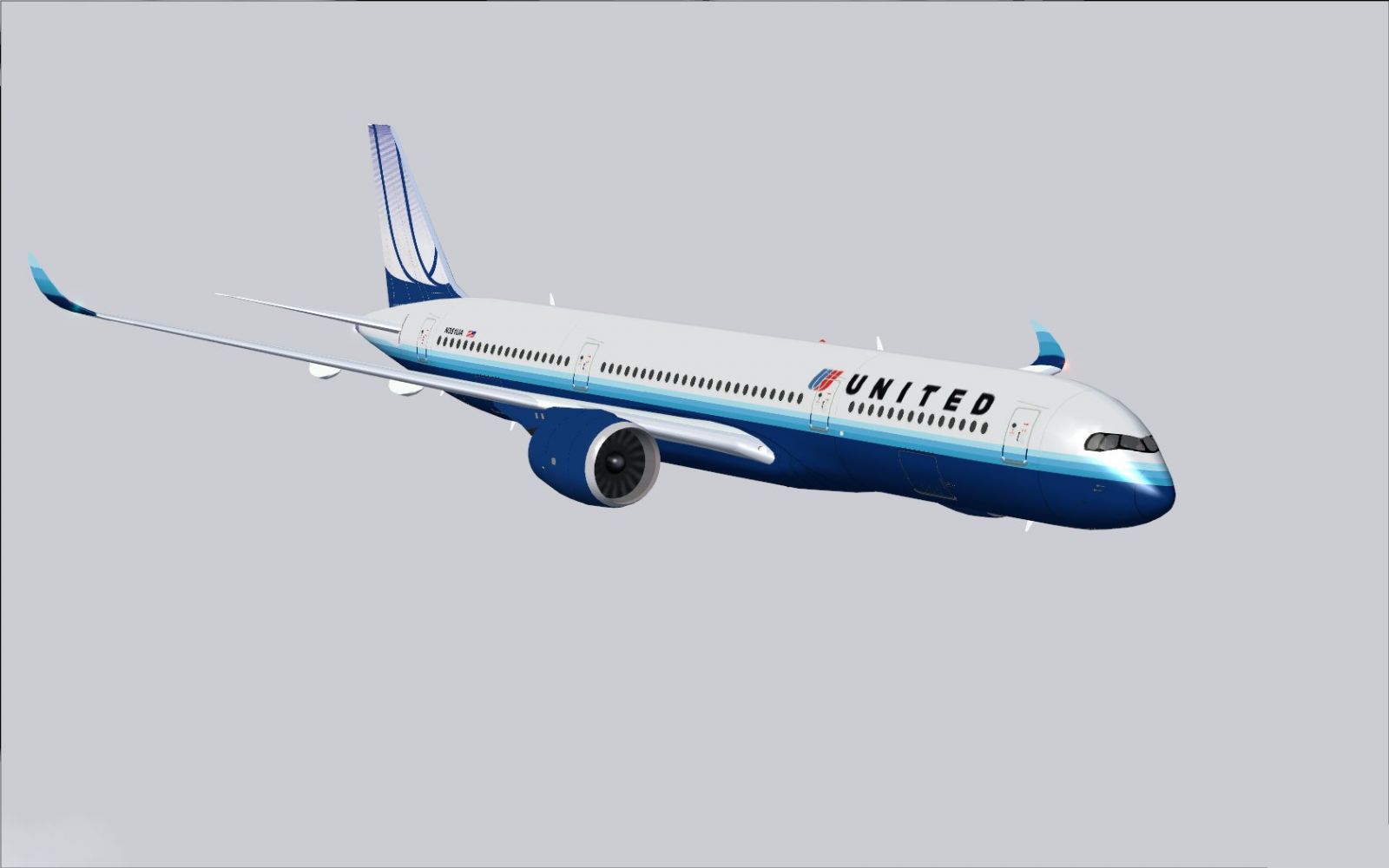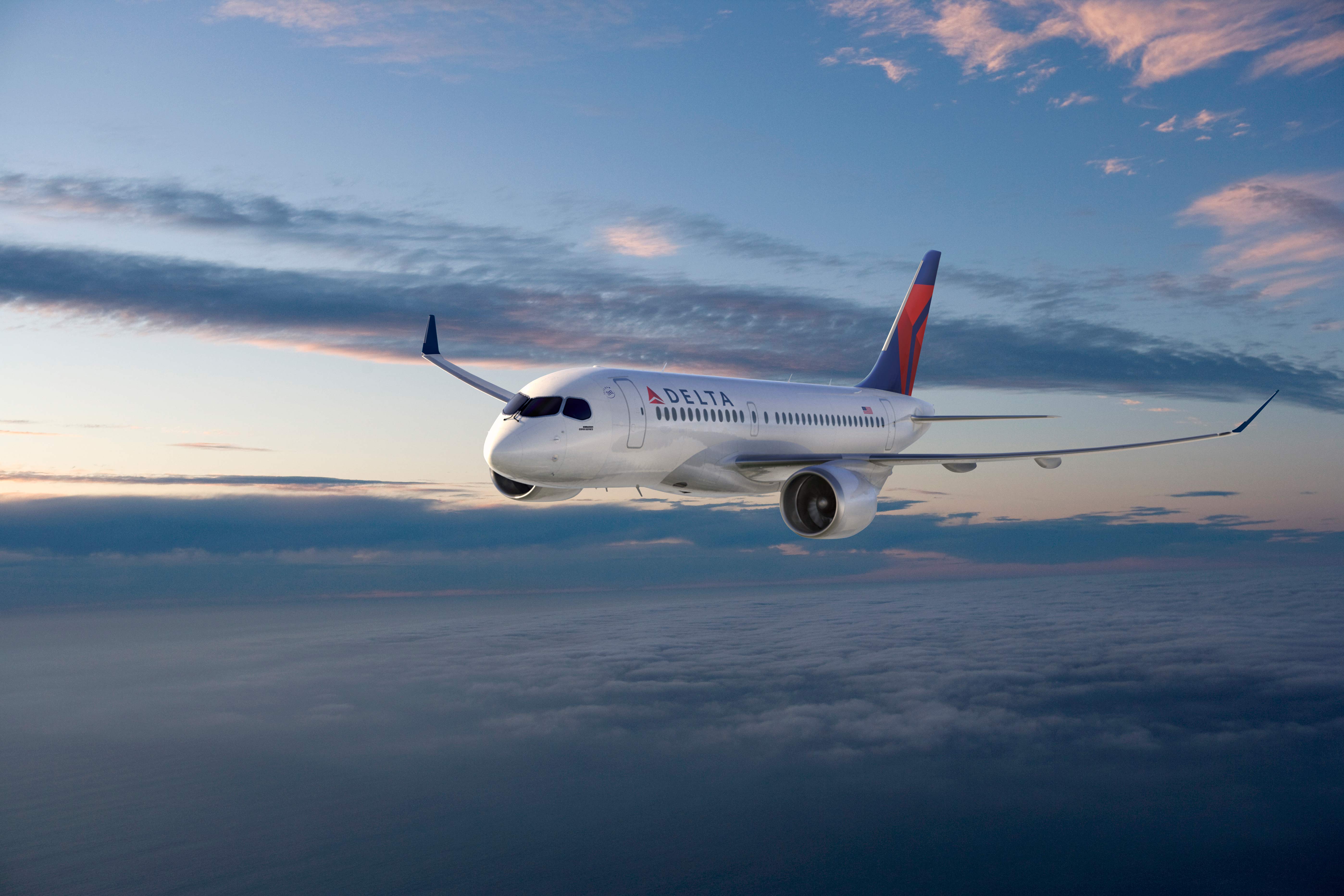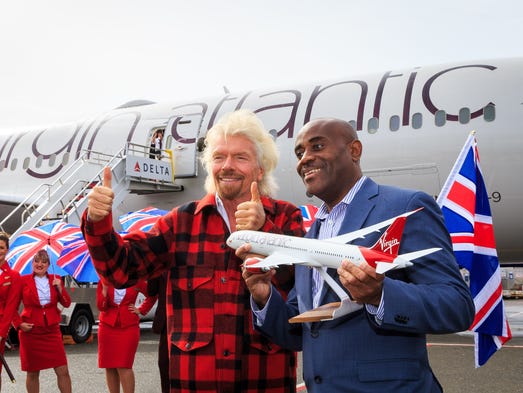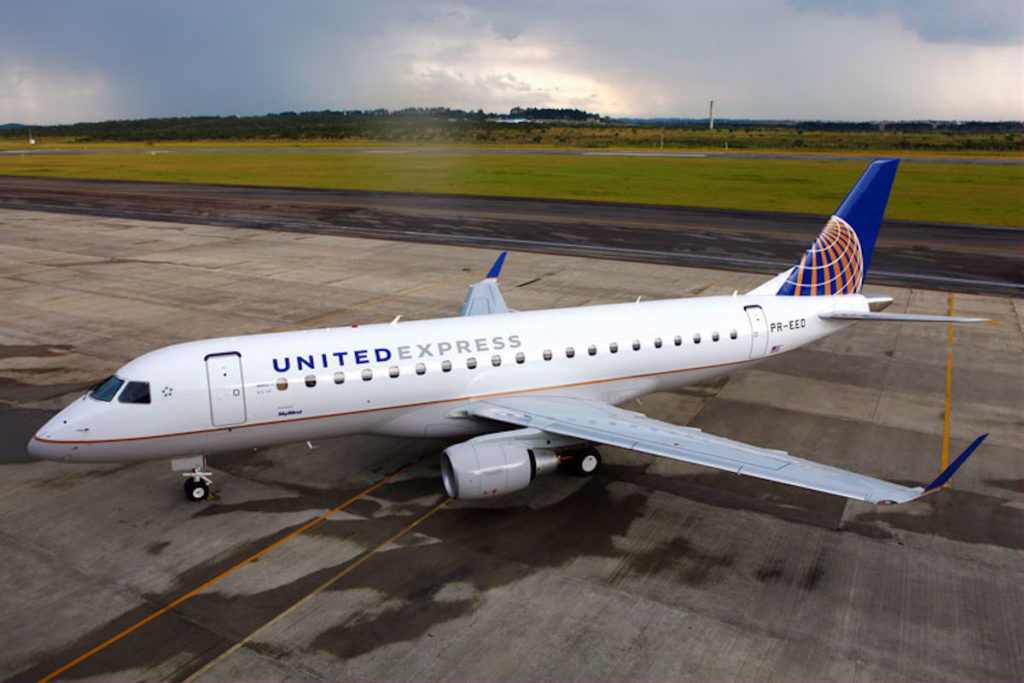Leeham News and Analysis
There's more to real news than a news release.
Pontifications: 49 years ago, the first 747 rolled out
Sept. 30, 2017, © Leeham Co.: Today is the 49th anniversary of the roll-out of the Boeing 747-100.
On Nov. 7, United Airlines operates its last 747 flight. Delta Air Lines ends it 747 service this year. Afterward, there won’t be a single US operator of the passenger model.
The 747 remains in service with US cargo carriers Atlas Air, Kalitta Air, UPS and a few others. Globally, British Airways, Lufthansa and Korean Air Lines are among those flying the passenger model.
Ted Reed, one of the writers of TheStreet.com, asked me earlier this month to give some thoughts about the 747. Below is what I gave him; he excerpted some for his column in Forbes. The focus was on US operators.
Assessing the 25 YOA aircraft factor
Subscription Required
Introduction
Sept. 21, 2017 © Leeham Co.: Airbus and Boeing look ahead to 2021 and the next several years when wide-body aircraft begin turning 25 years old to spur orders for this sector.
Boeing specifically points to this period as one reason for the announcement last week that it will boost production of the 787 to 14/mo beginning in 2019.
Summary
- There already are 1.4 times more wide-body airplanes scheduled for delivery in 2021-2025 than there are aircraft turning 25 years old.
- The next surge in aging aircraft comes ~2030.
- Middle of the Market aircraft isn’t factored in.
Assessing the United A350-900 order
Subscription Required
Introduction

United Airlines last week returned to the Airbus A350-900 it originally ordered. It will replace Boeing 777-200ERs beginning in 2022. Image via Google.
Sept. 11, 2017, © Leeham Co.: The deal last week between United Airlines and Airbus was a winner for the carrier and a mixed win for the OEM.
Boeing was also a mixed winner.
Summary
- United was in the best position to come out ahead, and it did.
- Airbus kept a high-profile US customer, but the A350-1000 program took a hit.
- Boeing’s strategy of putting 777-300ERs into United hurt the A350-1000, but UAL remained an A350 customer.
Key lessors see strong wide-body market despite worries
Subscription Required
Introduction
Aug. 7, 2017, © Leeham Co.: Amid talk that Middle Eastern airlines, which are the largest group of users for wide-body aircraft, may defer Airbus and Boeing airplanes, there are conflicting signs that the bleak view of the sector isn’t as weak as perceived.
Just last week, two big lessors—Air Lease Corp and AerCap–of widebody airplanes said they are confident in the sector.

Few orders have been received for the Boeing 777-8 ultra-long range airplane. Sales for its larger sibling, the 777-9, have stalled. Along with the Airbus A380 and Boeing 747-8, demand is seen as limited.
AerCap ordered 30 Boeing 787s at the Paris Air Show. ALC has a significant order of Airbus A330neos.
And, the chairman of Emirates Airline said in an interview with the region’s The National newspaper that despite the current challenges at the carrier, it expects to announce an order before the end of the year for either the 787 or the Airbus A350—and possibly the Airbus A380.
Quantities on the former weren’t discussed. Airbus is pitching 20 A380s, according to accounts.
Still, there are a large number of Boeing 777s and Airbus A330s coming off lease in the next few years that could slow orders if these aircraft are offered on the secondary market with low enough lease rates.
Summary
- Air Lease Corp.’s wide-body aircraft are placed. A330neo orders late due to engine delays.
- AerCap sees strong wide-body market, reaffirmed with 787-9 order.
- More than 100 A330ceos and 777 Classics potentially entering secondary market soon.
Mid-year production update at Airbus
July 27, 2017, © Leeham Co.: It’s mid-way through 2017 and LNC is taking its second look at production and delivery stream flows for the Big Four airframe manufacturers.
We examined Boeing Monday in advance of its earnings call Wednesday. Today we look at Airbus in advance of its earnings call today. We look at Bombardier and Embraer next Monday.
We use the Airfinance Journal Fleet Tracker as the basis for our exam.
Decision detailed (sort of) in Boeing-Bombardier price dumping case
June 27, 2017, © Leeham Co.: The US International Trade Commission (ITC) last week released its detailed decision to go forward with the Boeing complaint that Bombardier engaged in price dumping when it sold the CS100 to Delta Air Lines.
But for the outsider, the public document isn’t much help. It’s heavily redacted and left out all the good stuff that would allow an outsider to fully understand the reasoning the ITC voted 5-0 to send the case over to the US Commerce Department for further study and potential imposition of tariffs.

Delta Air Lines Bombardier CS100.
Pontifications: The pricing jigsaw puzzle
May 22, 2017, © Leeham Co.: The prices airlines and lessors pay for their airplane purchases have long been of intense interest to just about everybody associated with the airline industry.
The manufacturers want to know what their competitors are selling the planes for.
The airlines want to know what their competitors pay for their airplanes. The same is true for lessors and their competitors.
(Airlines are less interested in what the lessors pay; they are only interested in what they must pay the lessors to lease the airplanes, and aren’t really concerned about the lessors’ costs.)
Appraisers want to know the prices of new aircraft, and prices on the secondary market, to have a basis for predicting base and current market values today and 25 years in the future.
The credit rating agencies want to know that values of the airplanes to rate financing deals.
Pontifications: Branson gets pissy over dropping the Virgin America name

By Scott Hamilton
April 3, 2017, © Leeham Co.: Sir Richard Branson came to Seattle last week to promote the new service by Virgin Atlantic Airlines to London. In a hissy-fit, he promptly pissed on Alaska Airlines for the business decision to drop the Virgin America brand in 2019.
Alaska, of course, acquired Virgin America last year. The acquisition didn’t sit well with Branson, who nevertheless made out well in the deal.
Although Alaska officials said they would decide later whether to retain the Virgin brand, only those with wishful thinking gave any chance of this happening.

Richard Branson in Seattle for Virgin Atlantic’s new service to London. USA Today photo via Google.
Branson certainly knows this. In 1997, Virgin Group acquired the low fare carrier Euro Belgium Airlines for $60m and promptly dropped the name in favor of Virgin Express.
VE lasted only nine years; it ceased operations in 2006 when it was sold and merged into the new Brussels Airlines.
Branson’s whining over Alaska’s decision to operate the merged operations into the Eskimo’s image smacks of hypocrisy.
Let’s also remember that his Virgin Atlantic is 49% owned by Delta Air Lines, which is building a hub in Seattle in competition with Alaska. The fight between Alaska and Delta is sometimes bitter.
Branson’s criticism of Alaska might have as much to do with Virgin Atlantic’s partnership with Delta as it does his own bruised ego.






Boeing’s tactical option for MOM sector
Subscription RequiredIntroduction
Aug. 14, 2017, © Leeham Co.: It’s not a done deal yet—the business for the so-called Boeing 797 remains a challenge. But the consensus is that Boeing will launch the program next year, for an entry-into-service around 2025.
Boeing 797 concept. Source: Boeing.
Yet there are airlines that say they don’t want to wait that long for a new airplane.
What are their choices?
Read more
7 Comments
Posted on August 14, 2017 by Scott Hamilton
air force tanker, Airbus, Airlines, American Airlines, Boeing, Bombardier, CFM, Delta Air Lines, GE Aviation, Leasing, Leeham News and Comment, Middle of the Market, MOM, Pratt & Whitney, United Airlines, US Airways
737-10, 737-9, 757, 767-200ER, 767-300ER, 777, 777-300ER, 797, A330-200, A330-800, Airbus, airlines, American Airlines, Boeing, Delta Air Lines, Japan Air Lines, Middle of the Market, MOM, New Midrange Aircraft, NMA, United Airlines